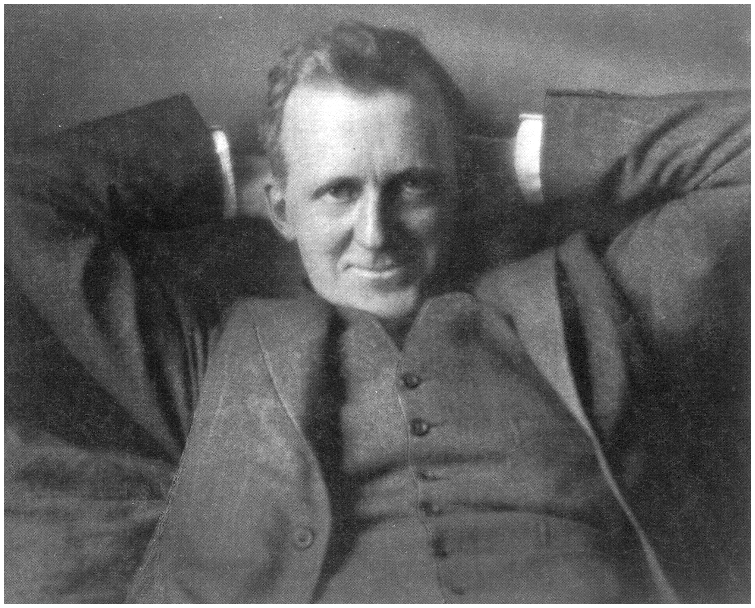
Seduced by
Modernity
The Photography of
Margaret Watkins
Mary O'Connor
Katherine Tweedie
Editors
(McGill-Queens University Press)

Margaret Watkins became interested in photography in the early years of the 20th Century, so much so that she moved to New York City to practice her craft with the well-known photographer Clarence H. White. When he died, suddenly, in 1928, there was a contretemps with his wife over ownership of dozens of classic photographs, and Watkins left the United States, moved to Scotland.Although she traveled occasionally to Paris and Moscow and continued her work on a sporadic basis, she ultimately retired to a large house in Glasgow where she lived and cared for four aunts. She died a recluse in 1969.
Her most famous photographs reflect the "modernistic" movement of the 1920s ... sinks, dishes, views out of apartment windows, shadows on the underside of a bridge. Watkins also did portraits, still-life studies for design exhibits, and advertising shots for Vanity Fair (including the first --- very discreet --- ads for Johnson & Johnson's Modess). Included here are the very earliest of her studies from various art camps (Community in Roycroft, N. Y.; the Sidney Lanier Camp in upstate New York), many from New York City, and a few from her visits to Moscow and Paris. The last is from 1939, a street scene in Glasgow.
There is a certain premeditated shaping and shadowing in all of her photographs. Then there are the dishes, cigarettes, disembodied hands, the typewriter in the window, the bridges and trestles, a Flâneur from the Seine. All seem to suffer from an overintellectualization: too much form, too little warmth.
Her most famous photograph --- "The Kitchen Sink" --- is a black-and-white shot from 1919 [See Fig 2]. It is what you might expect from the "Trash Can" School of Art --- dirty dishes, scummy milk bottle, ancient sink with only one spigot. Such were the aesthetics of the day that this particularly depressing shot of an apartment dweller's waking nightmare was praised by critics as "of significant form:" "If a representative form has value, it is as form, not representation," wrote one. Zounds.
"Kitchen Sink was so popular --- "Watkin's most famous domestic photograph," we are told --- that it went the circuit of high-tone art galleries between 1921 and 1924 (New York, San Francisco, London, Paris). Even so, one reviewer in London wisely observed that it was not a photograph that "anyone would beg to contemplate in his dying moments."
§ § § The essays on the 200 photographs included in this volume might best be described as workmanlike. Watkin's camera, 1922, we are told, a "Graflex, backlit by the window, conjures its other name as a 'black box,' the magical space where light transforms photographic materials." There is much talk of lines, shadows, construction, form.
Still, there are some interesting questions running through Seduced by Modernity. One is why the gifted Watkins decided to spend the last thirty years of her life as a recluse in Scotland, in a big house, with her four dying aunts. The answer may lie in the brief (and fascinating) preface by Joseph Mulholland, which tells of meeting his reclusive neighbor and the many visits he and his family subsequently had with her.
As he got to know her, he realized that "she had the most extensive vocabulary I have ever encountered in anyone, choosing the most apt of a dozen possible words to convey a specific nuance."
It was only in retrospect that I realized she totally avoided two subjects: her past and photography.
Before she died, she handed him a carefully sealed box, with instructions that it was to be opened only after her death. It was filled with photographs, many of which are reproduced here.
Photos of the dirty dishes do not come off as the most interesting. It is, rather, the straight-on photographs of men (dressed) or the women (more often not so). The former, presumably friends and clients from New York, are warm, inviting. The shots of the women are somewhat more chilly. The nudes are carefully framed, discrete, with a tell-tale drape to hide the obvious.
One of most fascinating is shown as the cover of a book, The Art of the Body: Rhythmic Exercises for Health and Beauty. The book was published by Harcourt Brace in 1931. It showed over forty photographs of the author, Marguerite Agnielm. The editors tell us that it is "an odd mixture of moralistic monitoring, efficiency management, cosmetic advice, and spiritual guide." There is a well-oiled lady on the cover [Fig 3]. We aren't told if it was composed by Watkins or not. Whatever it may be, it's a doozy: an excellent example of Early Depression Neo-Classic Quasi-Erotology.
--- Leslie Greenway